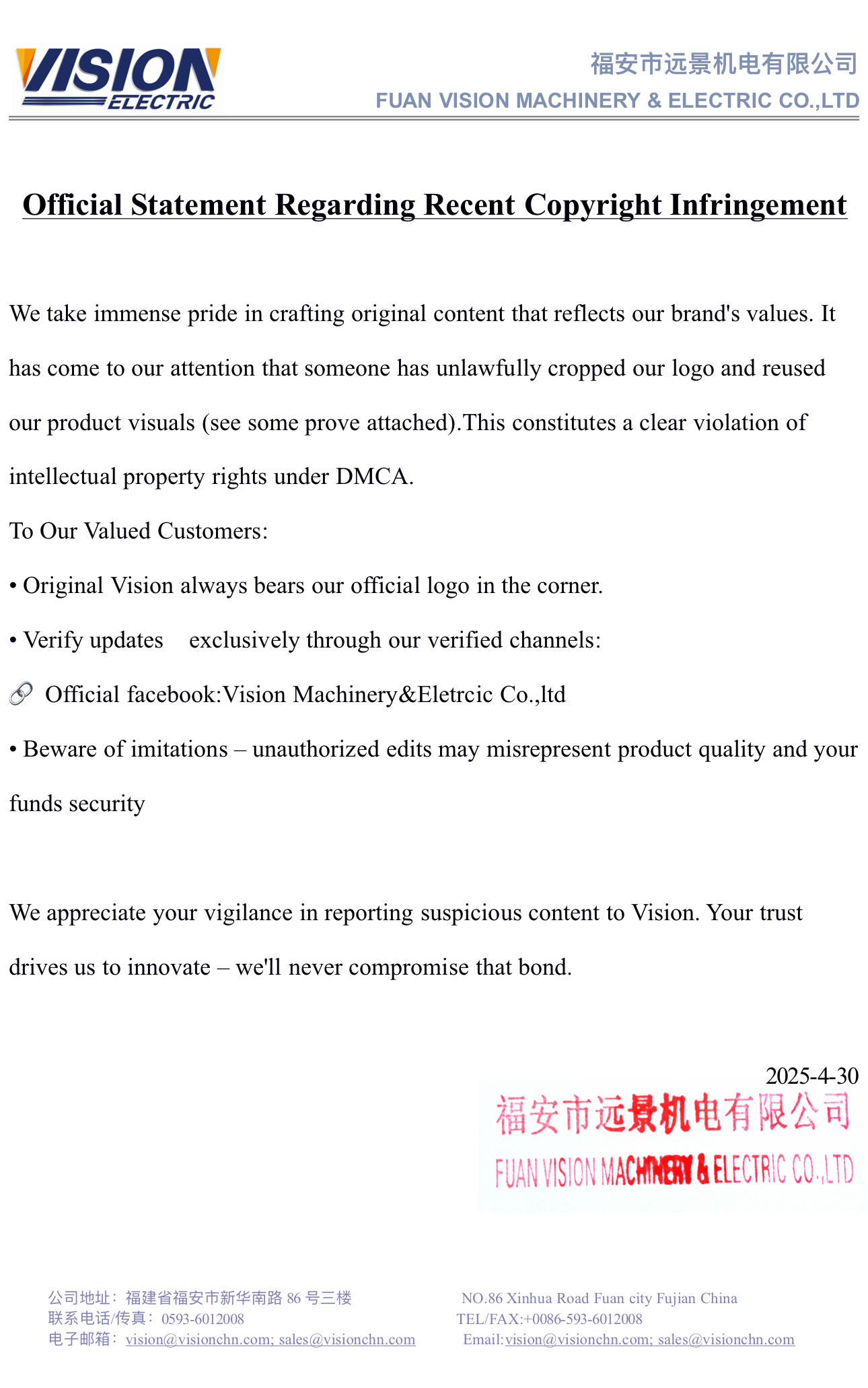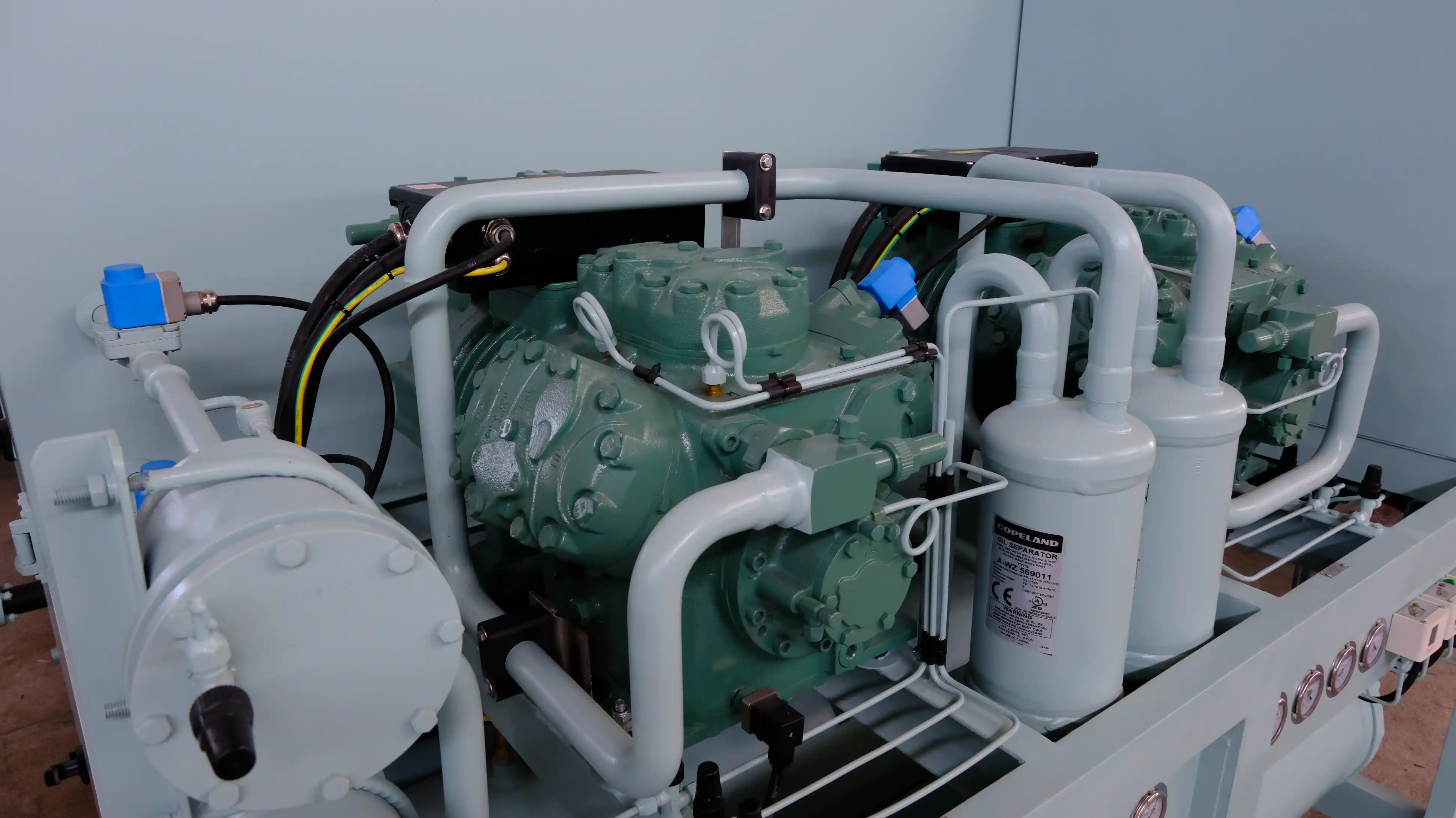In the ever-evolving world of fashion, predicting trends is both an art and a science. As consumers become increasingly discerning and the market becomes more saturated, the ability to foresee what styles, colors, and silhouettes will dominate the upcoming seasons is crucial for brands, retailers, and fashion enthusiasts alike. This article delves into the multifaceted process of predicting fashion trends, exploring the methodologies, influences, and implications of this dynamic practice.
Understanding Fashion Trend Prediction
At its core, predicting fashion trends involves analyzing various data points to forecast future consumer preferences. This process is not merely about guessing what might be popular; it requires a deep understanding of cultural, social, and economic factors that influence consumer behavior. Trend forecasting is a systematic approach that combines qualitative insights with quantitative data, allowing fashion professionals to make informed decisions.
The Methodologies Behind Trend Forecasting
- Data Analysis and Market Research:
The foundation of trend prediction lies in extensive data analysis. Fashion forecasters utilize tools such as Google Trends, social media analytics, and sales data to identify emerging patterns. By examining consumer behavior and preferences, forecasters can discern which styles are gaining traction and which are fading away. - Cultural and Societal Influences:
Fashion does not exist in a vacuum; it is deeply intertwined with cultural movements, societal changes, and global events. For instance, the rise of sustainability has significantly influenced fashion trends, leading to a surge in eco-friendly materials and ethical production practices. Trend forecasters must stay attuned to these shifts, as they often serve as catalysts for new styles. - Fashion Shows and Industry Events:
Major fashion weeks and industry events are pivotal in setting the tone for upcoming trends. Designers showcase their collections, and the styles presented often trickle down to mainstream fashion. Forecasters analyze these shows, paying close attention to recurring themes, color palettes, and innovative designs that may resonate with consumers. - Influencer and Celebrity Impact:
The role of influencers and celebrities in shaping fashion trends cannot be overstated. Their choices often dictate what becomes popular among the masses. Trend forecasters monitor social media platforms to gauge which styles are being embraced by influential figures, as these can serve as indicators of broader consumer acceptance.
The Role of Technology in Trend Prediction
In recent years, technology has revolutionized the way fashion trends are predicted. Advanced algorithms and artificial intelligence (AI) are now employed to analyze vast amounts of data quickly and accurately. Machine learning models can identify patterns that human analysts might overlook, providing deeper insights into consumer behavior.
Moreover, virtual reality (VR) and augmented reality (AR) are being integrated into the fashion industry, allowing brands to create immersive experiences that can influence consumer preferences. By leveraging these technologies, fashion professionals can gain a competitive edge in predicting trends.
The Implications of Accurate Trend Prediction
Accurate trend prediction has far-reaching implications for the fashion industry. Brands that can anticipate consumer desires are better positioned to create relevant collections, optimize inventory management, and enhance customer satisfaction. This not only leads to increased sales but also fosters brand loyalty.
Conversely, misjudging trends can result in significant financial losses. Overproduction of items that fail to resonate with consumers can lead to markdowns and waste, highlighting the importance of precise forecasting.
Conclusion: The Future of Fashion Trend Prediction
As we move forward, the landscape of fashion trend prediction will continue to evolve. The integration of technology, coupled with a deeper understanding of cultural dynamics, will enhance the accuracy of forecasts. For fashion professionals, staying ahead of the curve will require a commitment to continuous learning and adaptation.
In conclusion, predicting fashion trends is a complex, multifaceted process that combines data analysis, cultural awareness, and technological innovation. By mastering these elements, brands and retailers can not only survive but thrive in the competitive fashion landscape. As we embrace the future, the ability to anticipate and respond to consumer desires will remain a cornerstone of success in the fashion industry.


